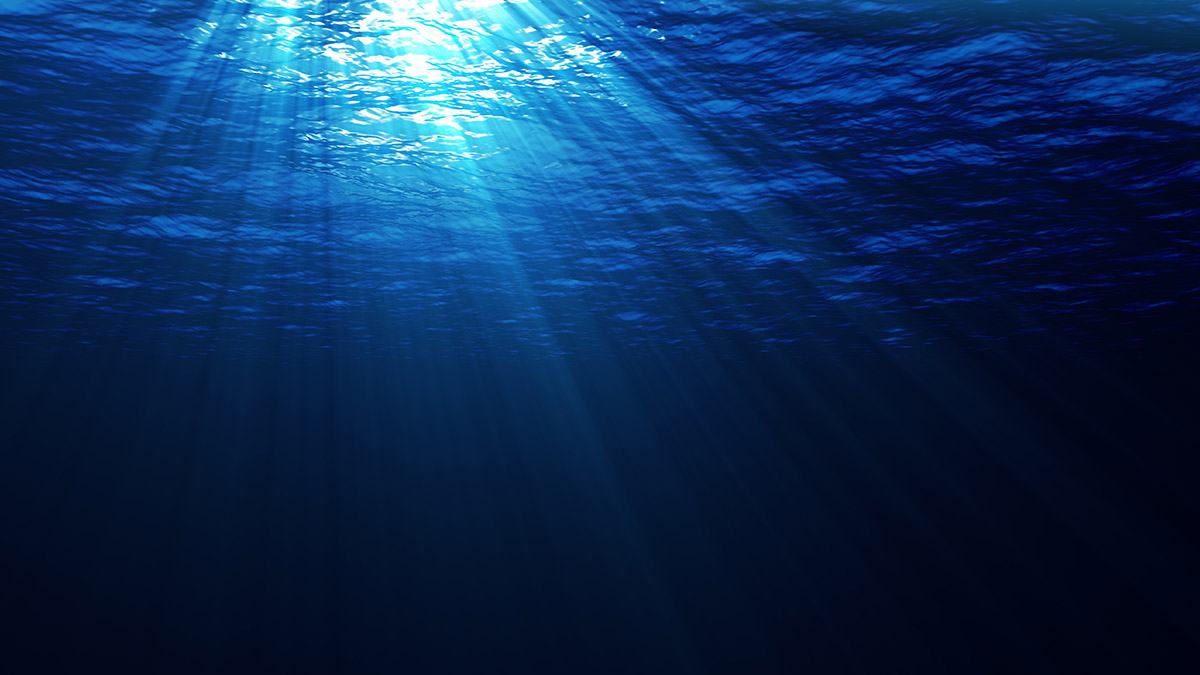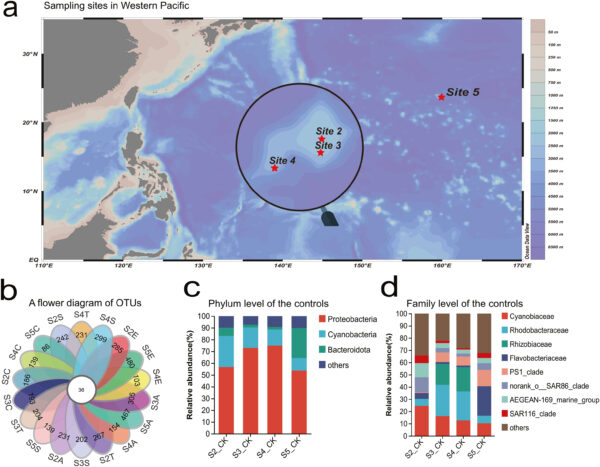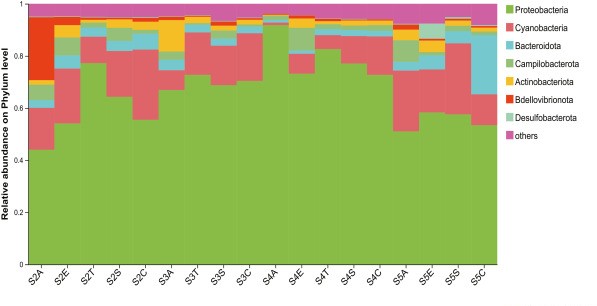In-Situ Investigations for Plastic Degradation in the Deep Sea

Deep in the western Pacific Ocean, researchers investigated the microorganisms contributing to plastic degradation.
The accumulation of plastic waste in marine environments is of great concern. Research suggests that deep-sea sediments contain more microplastics than the ocean’s surface. Many factors contributing to environmental plastic degradation, such as ultraviolet light, are absent in the deep sea. Thus, microorganisms play a pivotal role in this process. Researchers conducted an in-situ deep-sea incubation via submarine to understand deep-sea plastic-degrading microbes better.
You can also read: Microplastics and their Impact on Air-Sea CO2 Exchange.
A Closer Look at Plastics Beneath the Surface
Researchers chose polyamide (PA), polyethylene (PE), polyethylene terephthalate (PET), and polystyrene (PS) as the plastic samples for this experiment. These four samples represent common types of plastics found in marine environments. Researchers created enrichment bottles with five 1×1 mm plastic films inserted into them. A 1 mm hole in the bottle caps allowed seawater to enter the bottle. In October 2020, researchers deployed 60 enrichment bottles into the Pacific, of which they recovered 48 in November 2021.

Researchers deployed enrichment bottles at four sites and cataloged the phylum and families of bacteria found at each site. Courtesy of Discovery of potentially degrading microflora of different types of plastics based on long-term in-situ incubation in the deep sea.
After collecting the bottles, researchers extracted the total genomic DNA from each filtered membrane. They compared the results with a reference database to obtain Amplicon Sequence Variants (ASVs) and perform species annotation. Then, researchers conducted a network analysis to examine co-occurrence patterns of bacteria in seawater in the presence of the plastics.
Bacteria Abundance in the Presence of Plastics
At one of the deployment sites, sample analysis showed that Proteobacteria showed significant enrichment in the presence of PET and PS. Its relative abundance (RA) decreased in the presence of PA and PE. Phyla Bdellovibrionota showed increased RA in the presence of PA, PE, and PS. Previous research showed that Bdellovibrionota may promote conversion of nitrate and nitric oxide to nitrogen in diverging areas of rivers. Campylobacterota showed an increase after treatment by PA, PE, and PET. Another previous study found Campylobacterota to be the dominant phylum in nanoplastic treatment in the gut of sea urchins. After Proteobacteria, previous research found that Actinobacteriota is second most abundant taxon involved in polypropylene degradation. In this study, researchers found that PE and PS significantly enriched Actinobacteriota. Thus, it may have specific roles in the degradation of polyhydrocarbon plastics.

Proteobacteria and Cyanobacteria showed the highest levels of abundance at the phylum level. Courtesy of Discovery of potentially degrading microflora of different types of plastics based on long-term in-situ incubation in the deep sea.
All plastic types investigated in the study promoted the RA of Rhodobacteraceae and Sulfurimonadaceae families. Rhodobacteraceae produces an extracellular polymeric substance (EPS) after it colonizes new surfaces. This enhances the settlement of other microorganisms, giving Rhodobacteraceae a special role in plastic degradation. Sulfurimonadaceae and Rhodobacteraceae are involved in sulfur and nitrate cycling in sea water. Thus, nitrogen and sulfur may play a significant role in deep sea plastic degradation.
This in-situ research can help shed light on plastic degradation in the deep-sea ecosystem. Understanding the role of microorganisms involved in this process provides insight into the long-term effects of plastics in deep-sea seawater.
